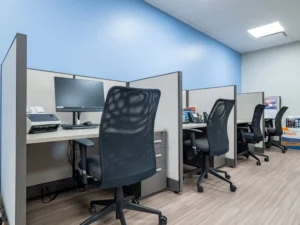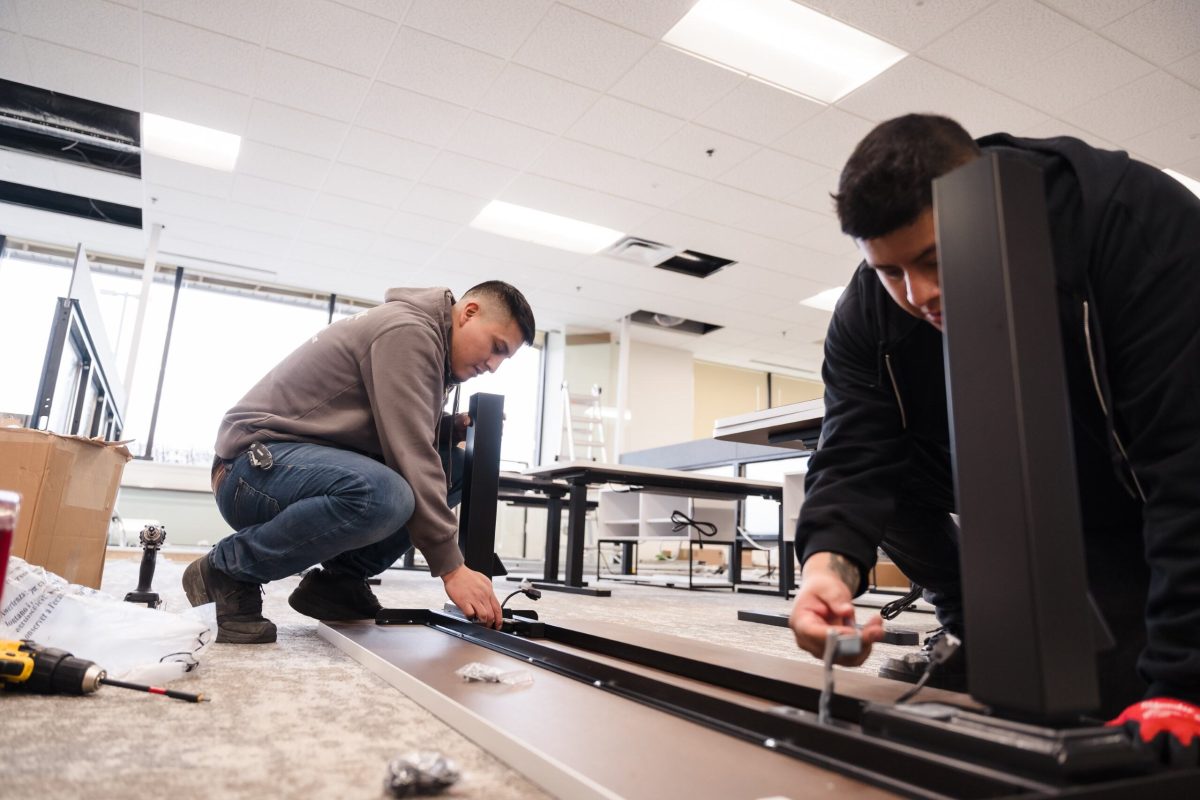Expanding Diversity in Flexible Workspace Policies
Flexible working has become a cornerstone of modern business, with employees gaining more rights to request flexible schedules. However, flexibility varies significantly across organizations. Some companies maintain hybrid models where employees must come to the office a few days a week, while others offer full autonomy over when and where work gets done. Office designs are shifting to support this diversity, with hot desking and “office neighborhoods” becoming popular. To succeed, businesses must strategically define flexible work policies to meet employee needs and organizational goals.
Heightened Focus on Employee Wellness
A 3D product configurator is an interactive tool that allows users to customize products in a 3D space. This technology enables clients to choose different materials, colors, and configurations for their office furniture, providing a clear understanding of how their choices will look in the actual space.

AI and Automation in Flexible Workspaces
AI and automation are revolutionizing the workplace, making tasks like meeting setup and resource allocation more efficient. Tools like Microsoft Places can recommend the best days for employees to visit the office based on their work patterns and who they’ll collaborate with. AI-powered technologies also streamline workspace management, optimize room setups, and personalize work environments. Expect AI to become increasingly integrated into flexible workspaces, enhancing productivity and employee experience.

Rise of Multi-Use and Specialized Workspaces
Flexible workspaces help organizations reduce overhead costs, and multi-use spaces and modular furniture are becoming essential. Employees can quickly adapt focus rooms into meeting spaces or use modular furniture to reconfigure their environment to suit the day’s tasks. Some businesses also create niche spaces tailored to specific activities, such as product design or content creation. The future of office design will balance versatile, customizable spaces with dedicated environments for specialized tasks.
Sustainability at the Core of Workspace Design
Sustainability has moved from a “nice to have” to a necessity for many companies, leading to increased investments in energy-efficient technology and eco-conscious materials. Bring-your-own-device (BYOD) policies are helping businesses minimize tech waste, while new tools allow companies to track and reduce their energy usage. IoT-enabled systems can automatically shut down devices when not in use, helping reduce the organization’s carbon footprint. Expect sustainability to remain a key consideration in workspace design moving forward.





